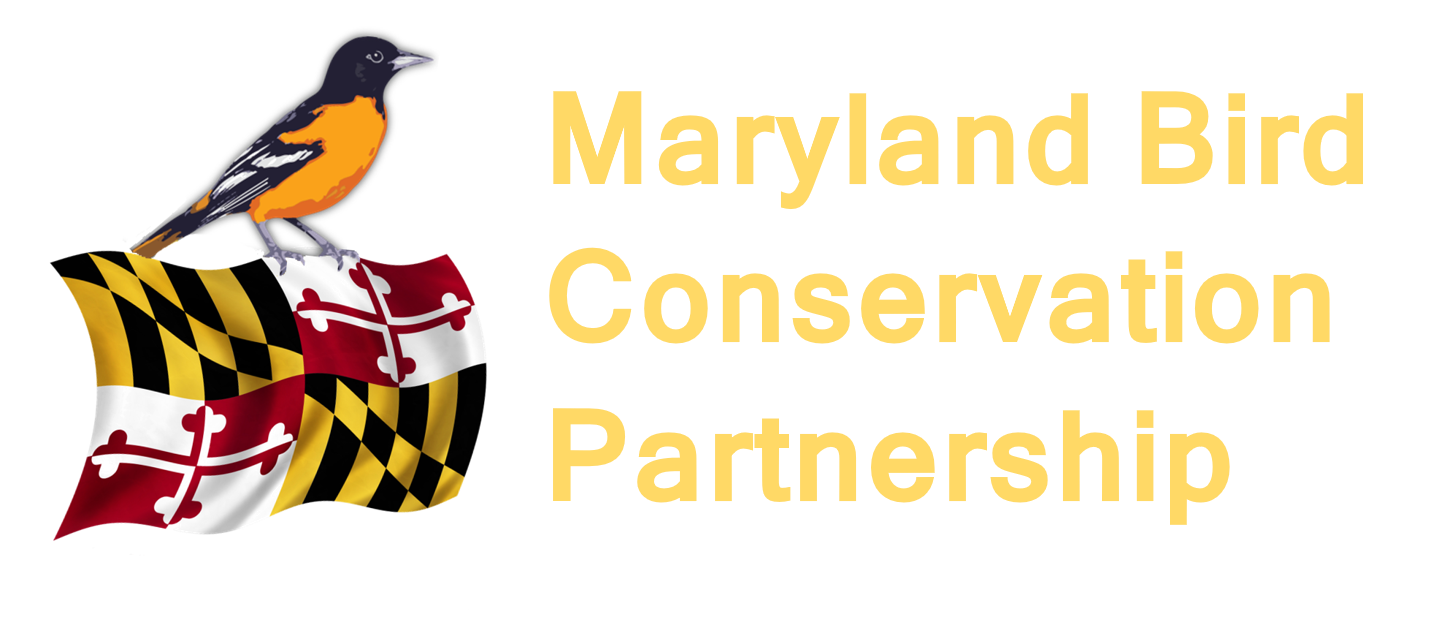Barn Owl (Tyto alba)
CAVITY NESTER
DESCRIPTION: The Barn Owl (Tyto alba) is perhaps the most widespread bird on Earth. The Barn Owl is also considered the oldest of all owls in the world. In fact, the oldest known species of Barn Owl is 25-20 million years old. They are a medium-sized owl and white or mostly white on the underside. The back is tawny and marked with black and white spots. Barn Owls have a distinguishing heart-shaped face with dark eyes and no ear tufts. Females are often more heavily spotted on the breast than males.They are known for their pale-cream coloring, heart-shaped face, and blood-chilling screams in the dead of night.
DIET: Mainly nocturnal, they forage in pastures, marshes, hay fields, and other agricultural areas, primarily in search of voles and small rodents. One pair of Barn Owls and their offspring may catch and consume as many as 3,000 rodents per year.
A family of Barn Owls can consume up to 3,000 rodents during one breeding season.
HABITAT AND NESTING: Barn Owls are cavity nesters, using abandoned buildings, barns, silos, duck blinds, hollow trees, rock walls, holes in banks and cliffs, or artificial nest boxes to raise young. Barn Owls lay 2-18 eggs directly on the floor of the nest site they have chosen. The eggs, incubated by the female, hatch in about 30 days. The male takes on his role after the chicks are hatched and brings food to them. About 10 weeks later, the chicks are ready to fly. Barn Owls can nest all year long, but usually do so between March and September. Barn Owls typically require about 150 acres of fields for suitable nesting habitat. If you have large, open grasslands or marshes on your property, then you may want to put up nest boxes to encourage Barn Owls to visit your property.
CONSERVATION STATUS: Despite their widespread distribution across the State, Barn Owl occurrences have declined dramatically in Maryland. Population declines have also been observed in the Midwest as well as in other eastern states. Reasons for the decline may be due to the reductions in open grasslands preferred by Barn Owls, increased use of rodenticides, and/or loss of nesting habitat. The Barn Owl is designated a Species of Greatest Conservation Need in the 2015 Maryland State Wildlife Action Plan.
Learn more about the Barn Owl on All About Birds by the Cornell Lab.
Flying Barn Owl photo by Peter K Burian - Own work, CC BY 4.0, Wikimedia
Barn Owl nestlings photo by chdwckvnstrsslhm - Flickr, CC BY 2.0, Wikimedia


